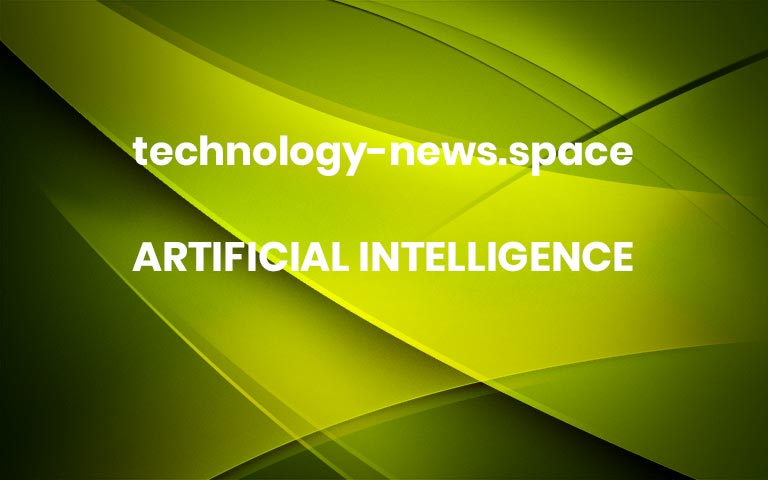3 Questions: When the student becomes the teacher
As a master’s student in the Department of Aeronautics and Astronautics and the Technology and Policy Program at MIT, Brandon Leshchinskiy’s ultimate goal is to “build AI tools to adapt to climate change and the educational tools to stop it.” As part of his graduate thesis, in collaboration with MIT Portugal and EarthDNA, both led […] More


